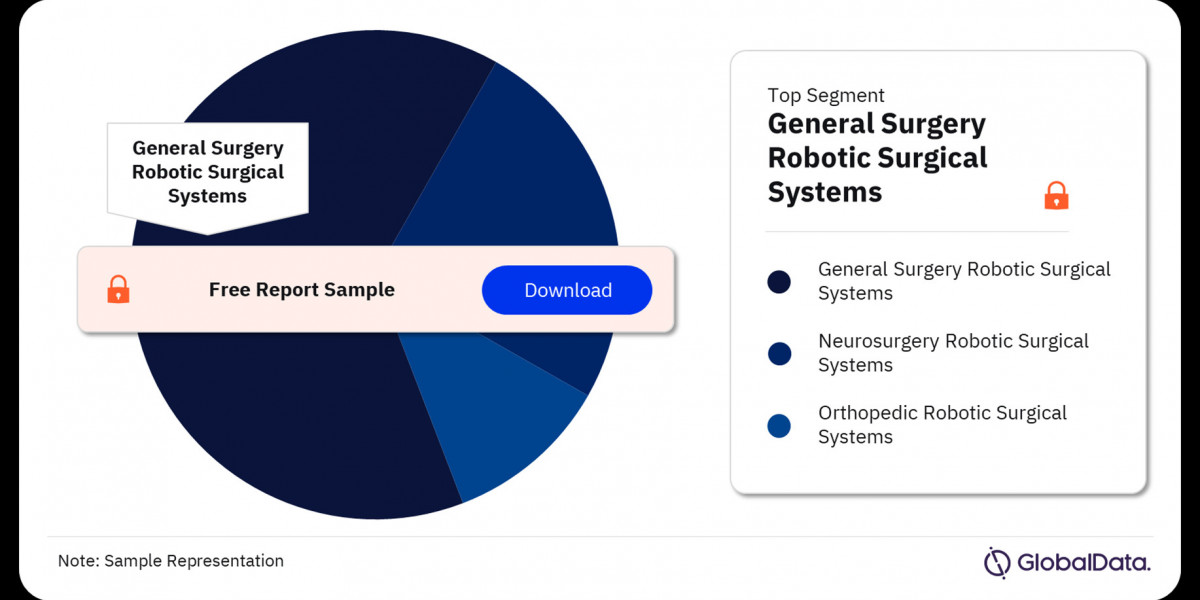Hepatocyte growth factor overview
Hepatocyte growth factor (HGF) is produced by various types of cells. It has a wide distribution of tissues and can participate in the maintenance and renewal of vital organs such as liver, lung, and kidney, then promote the regeneration of these organs. The specific binding of HGF to the c-Met receptor protein induces a change in the confirmation of the c-Met protein, activates the tyrosine protein kinase (PTK) in the receptor's intracellular protein kinase domain, which in turn leads to phosphorylation of various substrate proteins, such as phospholipase (PLCγ), phosphatidylinositol 3-kinase (PI3k), Gab1, Grb2 and other molecules containing Src homology. It activates the downstream signaling pathways (such as Ras/MAPK, PI3K/Akt, and STAT, etc.), which in turn amplifies the signal and finally transfers it into the transcriptional machinery in the nucleus, regulating cell proliferation, differentiation, contraction, movement, secretion, and division. In summary, the biological effects of HGF are diverse, and many studies have been carried out on them. They have certain reference value in the diagnosis and treatment of cardiovascular diseases, respiratory diseases, tumors, liver diseases, etc. At the same time, there are still many biological mechanisms and functions that are still unclear. It is still necessary to continue to explore. In recent years, HGF has attracted the attention of many scholars at home and abroad and has begun a lot of experimental research and made some new progress.
Hepatocyte growth factor family
Nakamura isolated a factor from the serum of a partially hepatectomized rat in 1984, and it was found to stimulate the growth and synthesis of primary cultured hepatocytes. Since it is derived from the liver, this hepatogenic factor was named hepatocyte growth factor. It has been found that HGF is a heterodimer that is cleaved by a 728 amino acid precursor protein. The 18 exons and 17 introns constitute the coding gene of about 70 kb on chromosome 7q21.1. HGF is formed after tissue damage, and the single-chain amino acid residue precursor is activated by fibrinolytic enzymes and then combined with heparin and heparin-like substances. Finally, the HGF precursor enzyme cleaves it into a biologically active dimer-HGF. Two peptide chains with molecular weights of 69KD and 34KD, respectively, constitute active HGF through disulfide bonds, which are α chain and β chain, respectively. The alpha chain consists of an N-terminal hairpin region and a bicyclic polypeptide chain structure with four kringle structures. The structure of the β-chain is like that of the serine protease, but it has no corresponding enzymatic activity. It is also called “pseudo-serine” protease. The hepatocyte growth factor receptor c-met gene is located on human chromosome 7721-q31. The length is estimated to be more than 120 kbp, including 21 exons and 20 introns, and each of the 10th and 14th exons has one mRNA transcriptional junction. The promoter region has many regulatory sequences such as interleukin-6 (IL- 6) and HGF, etc.
Hepatocyte growth factor signaling pathway
Hepatocyte growth factor signaling pathway cascade
HGF has a wide range of functions and has a regulatory effect on various tissues and cells. The tyrosine kinase receptor is its receptor and has high affinity. The binding of c-Met to HGF on the cell membrane sends a signal into the cell, which produces a related effect by acting on its downstream signaling pathway, which is closely related to cell growth, differentiation, and angiogenesis. HGF can stimulate liver cells, increase the production of inositol phosphate in cells, and move extracellular Ca2+ into cells. At this time, mitogen-activated protein kinase and phospholipase D are activated, and arachidonic acid is released. A series of actions that promote the synthesis of DNA and protein in hepatocytes and produce cell division. HGF can increase the motility of cells and has chemotactic effects. It breaks cells by destroying tightly connected cell colonies, so it can enhance the motility of many cells, even malignant tumor cells, and conclude that HGF may spread and distant metastasis of malignant cells. HGF seems to conflict with the mitogenic and discrete effects of cells, but many foreign scholars have found that different types of cells and different concentrations of HGF have different effects: HGF with cell division has no discrete effect. The opposite is true, so the two are not contradictory. At this time, HGF can promote the repair of vascular endothelial cells. The most common cause of acute myocardial infarction (AMI) is coronary atherosclerosis, stenosis, rupture of arterial plaque, hemorrhage, and thrombosis leading to acute myocardial necrosis. Studies have shown that this disease is associated with chronic inflammation, and cytokines can induce endothelial cells to be activated, which may be an important mechanism for chronic inflammatory injury of blood vessels. Studies have shown that the expression of HGF in AMI is consistent with the changes of IL-1β and TNF-α levels, which are gradually increased, so it is confirmed that inflammatory factors stimulate the expression of HGF after AMI, and as mentioned above, HGF is a kind of organism. It is a highly active cytokine, which is expressed in the blood vessel wall, many tissues and organs. Because it promotes angiogenesis, anti-myocardial fibrosis, anti-myocardial apoptosis, and improves heart function, the elevation of HGF in cardiovascular is a protective mechanism that is important for the body's anti-injury repair. Further study on the changes of HGF and inflammatory factors in AMI has a certain significance for the diagnosis and prognosis of myocardial infarction. In recent years, the expression of HGF in various embolic diseases has received much attention. For example, the expression of HGF in PTE is abnormal, suggesting that HGF may be involved in the occurrence and development of this disease. Further studies have found that HGF levels are elevated in acute pulmonary embolism, and the secretion of cellular inflammatory factors may be related to its mechanism. At PTE, many inflammatory cell infiltrations occur around the embolized blood vessels and alveoli, and release cytokines such as interleukin (IL-1, IL-6, etc.), tumor necrosis factor (TNF-α, etc.), cell growth factors, etc. These cytokines can induce the synthesis of lung stromal cells and secrete HGF; HGF acts on epithelial cells and inhibits apoptosis of alveolar endothelial cells in a paracrine manner, promotes the repair of alveolar epithelial cells, and induces pulmonary vasculature. The proliferative response to HGF can be inhibited by reducing the number of receptors; The expression of c-met receptors in malignant tumor cells is not reduced, which may be related to the aggressiveness of tumors. Different concentrations of HGF have the effect of inhibiting the movement and spread of cancer colony cells. High concentration of HGF may have a certain tumor necrosis effect, mainly inhibiting certain cancer and sarcoma cell lines. The mechanism of action is still unclear. Okano believes that HGF has different effects on normal cells and liver tumor cells and can induce trypsinization of phospholipase C in normal cells, but this is not the case when signal transduction in liver tumor cells is different. This inhibition of HGF contradicts its diffusion and metastasis to malignant tumor cells, suggesting that the mechanisms of the two actions may be different.
Pathway regulation
The most representative of the HGF signaling pathway regulators is NK4, which antagonizes HGF and inhibits angiogenesis. NK4 is obtained by protease digestion of HGF, consisting of 447 amino acids at the N-terminus of the HGF-α chain and 4 kringle regions with a molecular weight of 50 kD. Although the affinity of NK4 to HGF receptors on the serosal membrane of hepatocytes is only 1/8 of HGF, NK4 binds to c-Met and competitively inhibits the interaction of HGF and c-Met. The first kringle region inhibits cell proliferation and causes apoptosis; The N-terminal competitive inhibition of angiogenic factors binds to vascular endothelial cells and impedes angiogenesis. NK4 affects the signal transduction of the HGF/c-Met system, but it does not induce tyrosine phosphorylation of c-Met itself, thereby inhibiting the proliferation, movement and morphogenesis of cells induced by HGF, and halting the growth and spread of malignant tumors. Raymond found that mast cells and neutrophils stimulate the inactivated HGF fragment to produce NK4-like antagonists. Treatment of various tumor cells with NK4 can inhibit cell division, migration and invasion caused by HGF stimulation. In vitro studies have demonstrated that NK4 inhibits HGF-induced cholangiocarcinoma, colon, cervical, breast, prostate, and pancreatic cancers.
Relationship with disease
Hepatitis:
Hepatitis is caused by a variety of pathogenic factors that cause damage to the liver and cause destruction of parenchymal cells in the liver, which in turn leads to abnormal liver function. The study found that when the liver is stimulated by injury, there will be endogenous and exogenous HGF in both parts: endogenous HGF secretion increases, and inhibition of hepatic parenchymal cell apoptosis, but its secretion is less , cannot completely prevent the progression of hepatitis; and when the liver is damaged, the body has its own internal repair mechanism, at this time exogenous HGF can mimic this mechanism, reduce the apoptosis rate of liver parenchyma cells, promote liver tissue reconstruction.
Cirrhosis:
Hepatic fibrosis refers to the action of various cytokines such as transforming growth factor β1 (TGFβ1), which activates hepatic stellate cells (HSC), synthesizes and secretes large amounts of collagen when various pathogenic factors cause acute and chronic liver damage. Extracellular matrix (ECM) such as fiber causes diffuse over-deposition and abnormal distribution in the liver, causing abnormal proliferation of connective tissue in the liver. Studies have shown that HGF-1 intervention can effectively alleviate the cirrhosis process, but the specific mechanism and clinical use require further research.
References:
- Hida Y, Morita T, Fujita M, et al. Clinical significance of hepatocyte growth factor and c-Met expression in extrahepatic biliary tract cancers. Oncology Reports. 1999, 6(5):1051-1056.
- Sugiura T, Takahashi S, Sano K, et al. Pharmacokinetic modeling of hepatocyte growth factor in experimental animals and humans. Journal of Pharmaceutical Sciences. 2012, 102(1):237-249.
- Jun H T, Sun J, Rex K, et al. AMG 102, A Fully Human Anti-Hepatocyte Growth Factor/Scatter Factor Neutralizing Antibody, Enhances the Efficacy of Temozolomide or Docetaxel in U-87 MG Cells and Xenografts. Clinical Cancer Research. 2007, 13(22 Pt 1):6735.
- Parker W E, Orlova K A, Heuer G G, et al. Enhanced epidermal growth factor, hepatocyte growth factor, and vascular endothelial growth factor expression in tuberous sclerosis complex. American Journal of Pathology. 2011, 178(1):296-305.






